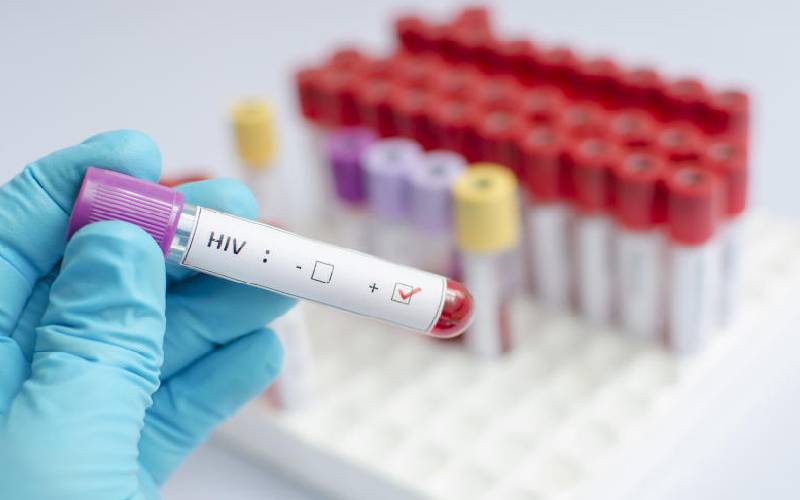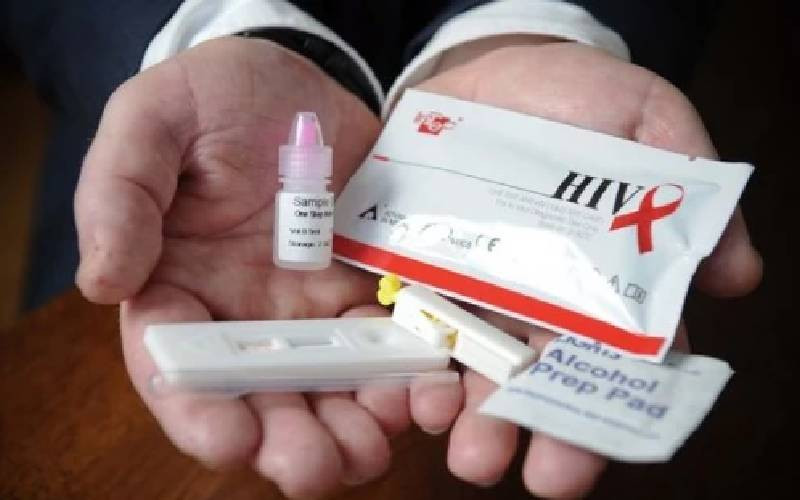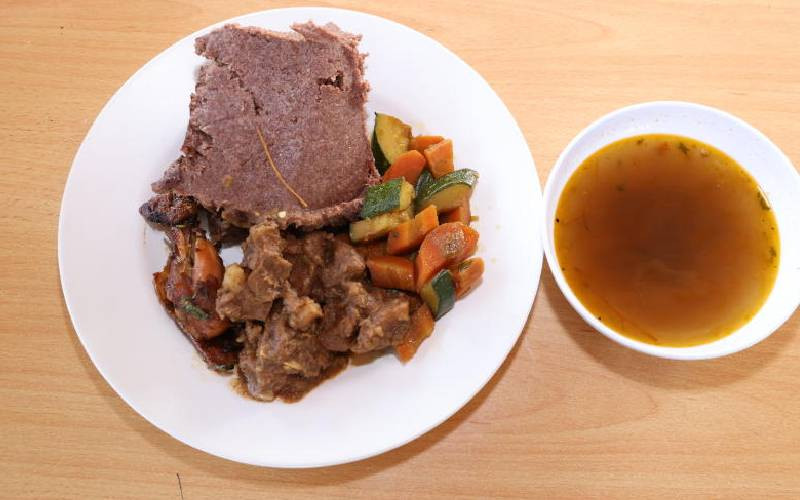
Over the past 11 months, there has been a strong social focus on non-communicable diseases, and cancer in particular. An analysis of the media’s coverage of health-related issues in 2019 could lead you to believe that Kenyans are struggling more with non-communicable diseases than they are with illnesses like malaria, tuberculosis, and HIV and Aids.
This is not the case. Take HIV and Aids for example. There has been a steep drop in the number of infections and Aids-related deaths since it was declared a national disaster 20 years ago, but it still poses a threat.
About 1.6 million Kenyans are living with HIV, and last year 25,000 died from Aids-related complications. Comparatively, cancer deaths have risen to an average of about 35,000 a year – 8,000 more deaths than resulted from cancer two years ago. While this increase is alarming; on a scale of which disease kills more Kenyans, cancer comes third after infectious diseases (including HIV and Aids, malaria, and tuberculosis) and cardiovascular illnesses.
All things considered, especially because more than 80 per cent of cancers are diagnosed too late, the disease could quickly become the bane of Kenya’s socio-economy. That said, the Ministry of Health cannot take its focus off HIV and Aids.
With the aid of multi-lateral donors, Kenya’s management of a disease that was once a national disaster has been impressive. From about 88,000 reported deaths in the year 2000, the deaths dropped by 28 per cent to the 25,000 in 2018.
The Health ministry and National Aids Control Council have done very well despite minimal financial input from government. Kenya’s HIV and Aids budget is Sh86.37 billion. Sh54 billion of that amount, or 63 per cent, is funded through international aid.
The government contributes a paltry 17 per cent, and households self-fund to the tune of 10 per cent. Worse still, HIV is not covered under the National Hospital Insurance Scheme due to the high cost of antiretroviral therapy. This means that the treatment of the disease will likely be left out of the essential benefits package under the Big Four's universal health coverage agenda. This would be untenable for a disease that causes one-third of all deaths from disease annually.
The stats also show that women are disproportionally affected by HIV in Kenya: of the 1.4 million adults living with HIV, 910,000 are women. More young women are infected annually than young men. Interestingly, more women seek treatment compared to men.
More women are infected with HIV because the disease is not only driven by gender inequality, it also entrenches gender inequality, leaving women more vulnerable to its impact. The United Nations and World Health Organisation have reported on various occasions that HIV disproportionately affects women and girls because of their “unequal cultural, social and economic status in society. Intimate partner violence, inequitable laws, and harmful traditional practices reinforce unequal power dynamics between men and women, with young women particularly disadvantaged”.
Put simply, men have more power and control over their sexual and reproductive health than women. More women are raped, for instance. And men are more likely than women to have multiple sexual relationships concurrently. In other words, men are in the unique position to pass on the disease to a wide selection of women, something that does not happen in the same way, the other way round.
Many situations
So, broadly speaking, it’s less about women being irresponsible, and more about men being given a pass to express their masculinity in a negative and destructive way. The fact that women are 16 per cent more likely to seek treatment after testing HIV+ is all the proof you need to show that they are better schooled in art of taking responsibility for their lives.
Stay informed. Subscribe to our newsletter
For a number of well-documented reasons, women are often more predisposed to victim-hood than men. A variety of factors, including the age-old power imbalance, make it easier for men to change the course of women’s lives either through violence, grift or artifice. In many situations, they have the upper hand and, momentarily, all the power. But women have survived and thrived because they have learned how to look a bad situation in the face and to quickly figure out the next right move to make.
To contextualise, 75 per cent of adult women living with HIV are on treatment, compared to 59 per cent of adult men. Moral of the story; with HIV and Aids, as with life, women are better equipped to make the best of a bad situation.
Ms Masiga is Peace and Security Editor, The Conversation Africa
 The Standard Group Plc is a
multi-media organization with investments in media platforms spanning newspaper
print operations, television, radio broadcasting, digital and online services. The
Standard Group is recognized as a leading multi-media house in Kenya with a key
influence in matters of national and international interest.
The Standard Group Plc is a
multi-media organization with investments in media platforms spanning newspaper
print operations, television, radio broadcasting, digital and online services. The
Standard Group is recognized as a leading multi-media house in Kenya with a key
influence in matters of national and international interest.
 The Standard Group Plc is a
multi-media organization with investments in media platforms spanning newspaper
print operations, television, radio broadcasting, digital and online services. The
Standard Group is recognized as a leading multi-media house in Kenya with a key
influence in matters of national and international interest.
The Standard Group Plc is a
multi-media organization with investments in media platforms spanning newspaper
print operations, television, radio broadcasting, digital and online services. The
Standard Group is recognized as a leading multi-media house in Kenya with a key
influence in matters of national and international interest.










